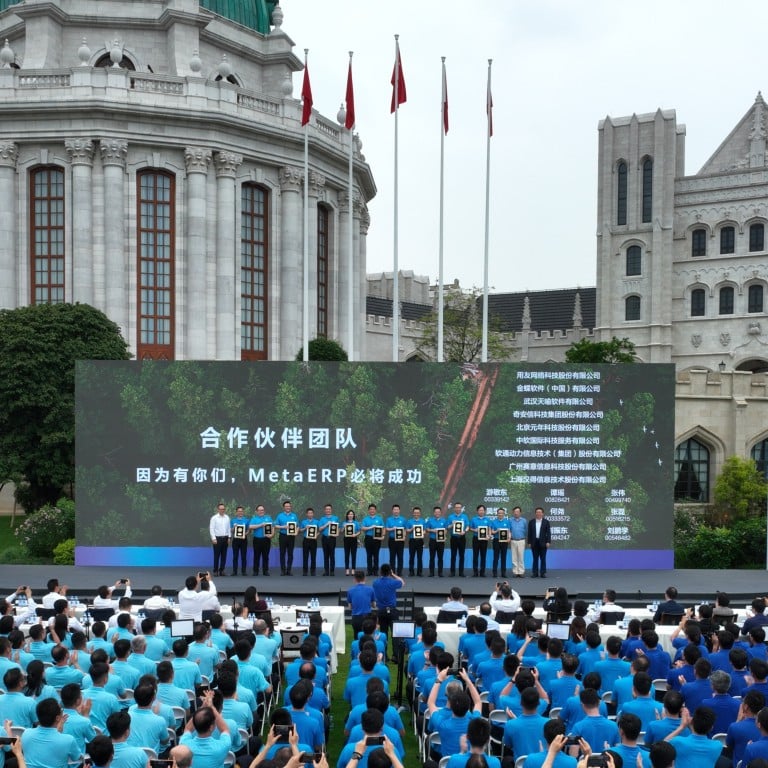
Tech war: Huawei's first-quarter revenue stagnates as tech giant struggles to counter US sanctions
- Huawei generated 132.1 billion yuan in sales for the first quarter
- Huawei is still scrambling to adapt production of smartphones and telecoms equipment to ‘new normal’ of trade restrictions
Huawei generated 132.1 billion yuan (US$20 billion) in sales for the first quarter, a marginal rise of 0.8 per cent from the 131 billion yuan in the same period last year, according to the company on Friday. The marginal growth in first quarter revenue was in line with Huawei’s 2022 performance when its whole-year revenue increased 0.9 per cent to 642.3 billion yuan.
While the Shenzhen-based company remains private, it has voluntarily disclosed key financial data on a regular basis, allowing the outside world to judge its financial and business health.
After US sanctions dealt a heavy blow to its bottom line by cutting the company off from advanced US chips and equipment, Huawei has struggled to maintain strong business growth. Its net profit margin in the first quarter narrowed 2 percentage points from a year ago, standing at 2.3 per cent for the first quarter. Huawei said it boosted investment into research and development in the period.
Huawei’s profit fell nearly 70 per cent for the full year of 2022.
“As a company, we have no capability to change the geopolitics or the environment, we can only adapt to that environment,” chief financial officer Meng Wanzhou said at the company’s annual report press conference last month.
Huawei adopts own MetaERP business management system to cut use of foreign tech
Huawei is still scrambling to adapt its production of smartphones and telecoms network equipment to the “new normal” of trade restrictions, which were tightened by Washington in 2020. The sanctions cover Huawei’s access to advanced semiconductors developed or produced using US technology, from anywhere.
Huawei has stepped up development of domestic replacements for electronic components, an effort which began a decade ago, long before it was sanctioned by the US, according to Eric Xu, a rotating chairman, at last month’s conference.
In the chip design area, Huawei’s in-house “fabless” chip company HiSilicon once led in China. Huawei claimed that it has “basically achieved domestic” electronic design automation (EDA) software capability for chips above the 14-nanometre process node, without providing details. It aims to finish testing these design tools in 2023.
Huawei recently announced that it has switched to its self-developed enterprise resource planning (ERP) system.
The report adds to the challenges for Meng - daughter of founder Ren - who took over Huawei as rotating chairwoman starting this month, as she seeks to find new revenue streams for the company.

